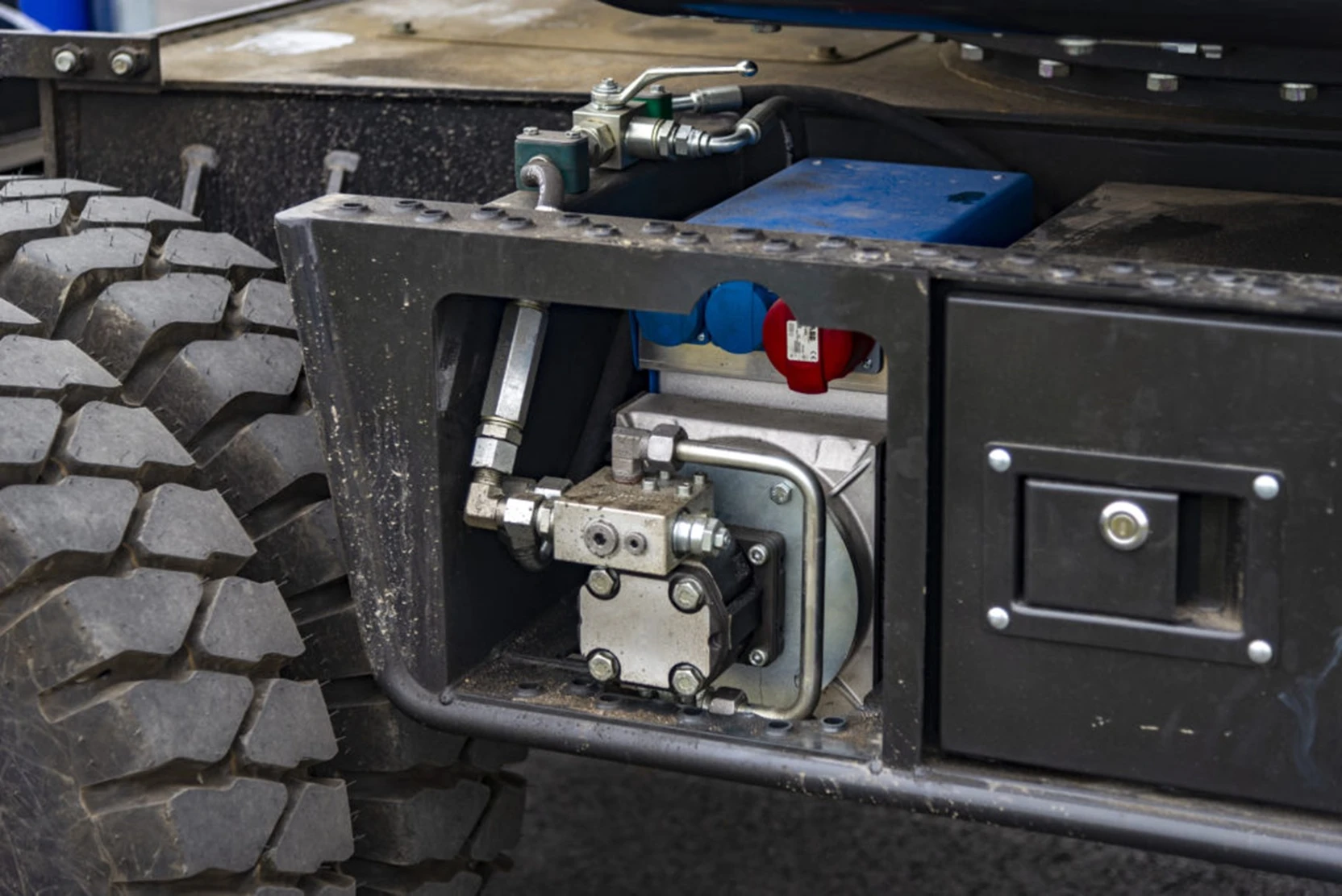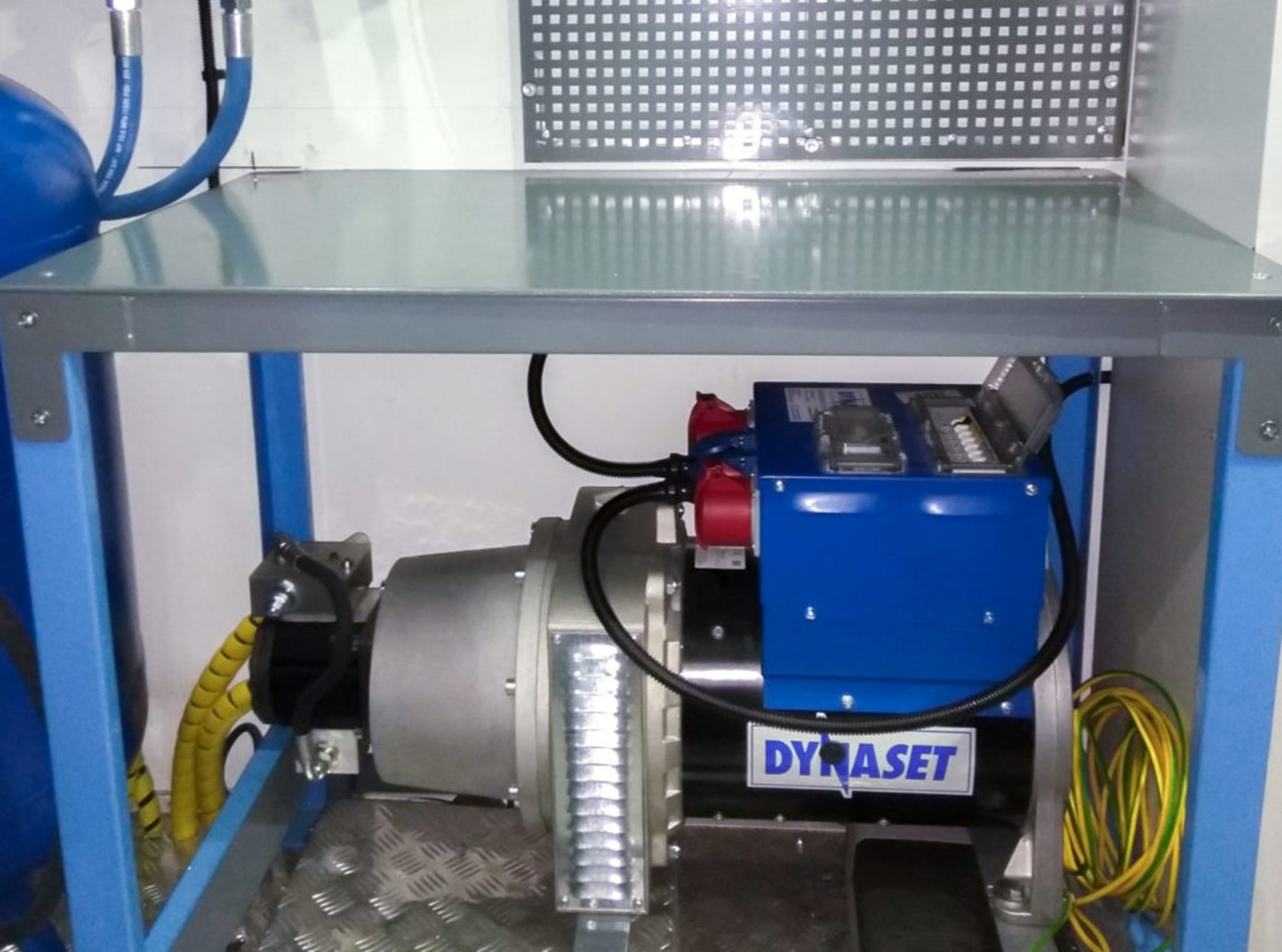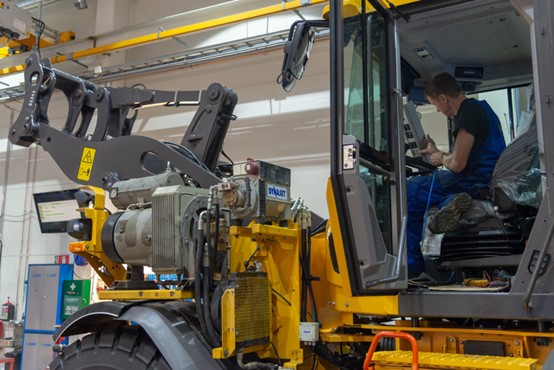NEWS
4 Things You Must Consider: Choosing an Inverter or Generator?
2021-10-15
Many people ask us why they should choose a hydraulic generator over an inverter. This article aims to give you a deeper understanding.
1. Where Should the Power Source Be Located?
First, you need to consider where you’ll install the power source. Will it be mounted in the bed of a truck or in the side compartment of an excavator? Dust, dirt, and various mechanical impacts can be detrimental to power equipment, so these factors must be taken into account when choosing a location. It’s also essential to think about convenient access to power outlets.
Keep in mind that inverters are electronic devices, making them more vulnerable to dust, moisture, and mechanical shocks. In contrast, hydraulic generators are built with a rugged design, enabling them to operate reliably in harsher environments.

The placement of your power source is a crucial factor. A hydraulic generator’s robust structure allows it to be installed in accessible locations, such as the side compartment of an excavator, as shown in this photo.
2.How Much Power Do You Need?
Next, consider the power output you require. Power needs are directly related to the physical size of the power source. While low-power inverters are quite compact, hydraulic generators become a more appealing option when higher power is needed. For applications requiring three-phase power, hydraulic generators are generally smaller than equivalent inverters. As a rule of thumb, consider using a hydraulic generator when your power demands are high.

3. Your Usage Scenario and Frequency
Your power usage and frequency of use are also essential factors. If you occasionally need a small amount of power, a compact inverter may be sufficient. Inverters are commonly used to charge battery-powered tools while driving. Just remember to turn off the inverter when not in use to prevent connected devices from draining the vehicle's battery. Since inverters draw power from the battery, long-term use can place a strain on the vehicle or machinery's battery.
If you require daily power, consider a hydraulic generator designed for professional use. Hydraulic generators produce electricity through hydraulic flow, meaning the engine of the vehicle or machinery powers the generator without drawing from the battery. This setup prevents battery drain and maintains the battery's longevity.
With a range of sizes available, hydraulic generators provide a reliable, powerful power source without requiring much installation space. They are designed for extended use, and some users even transfer hydraulic generators from older equipment to newly purchased machines. Many vehicles are equipped with both: an inverter for charging batteries and a hydraulic generator for powering tools, offering flexible and efficient power solutions for various needs.

A company in Finland, Killin Kaivin Oy, has already transferred their hydraulic generator and compressor to a third machine. These units, originally purchased in 2004, were reinstalled on new equipment purchased in 2019, demonstrating the lasting value of DYNASET hydraulic generators.
4. What Kind of Power Quality Do You Need?
The fourth consideration is power quality, which might sound a bit confusing. An important aspect to understand when choosing equipment is the type of AC power waveform. The main question is: is it a pure sine wave or a modified sine wave? In short, a pure sine wave is better for sensitive tools and equipment. For example, LED lights and laptops require a pure sine wave. A modified sine wave can cause LED lights to flicker or produce strange noises in equipment, whereas a pure sine wave avoids these issues. All generators produced by DYNASET use a pure sine wave. Not all inverters provide this, so it's important to check before making a decision.



